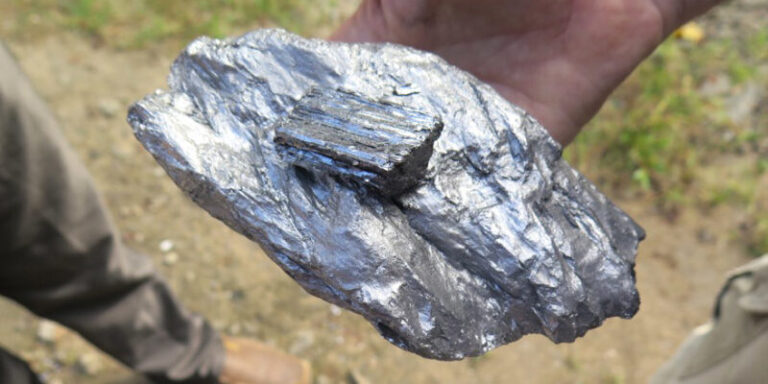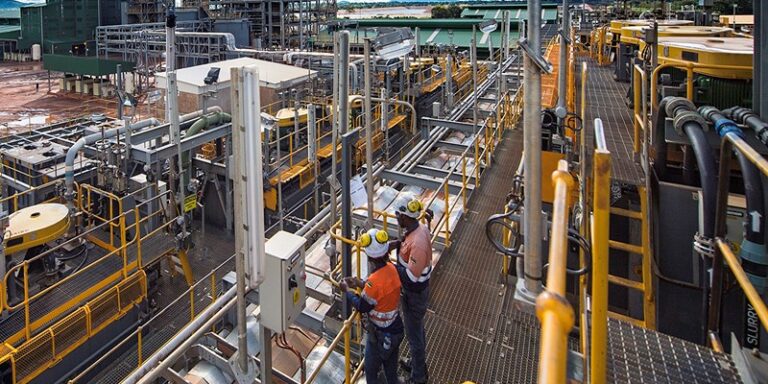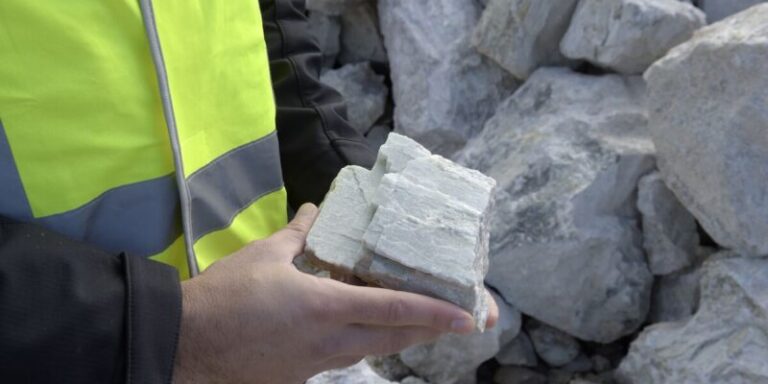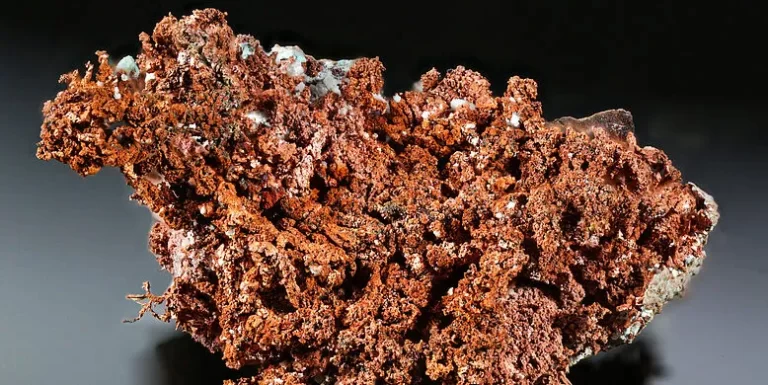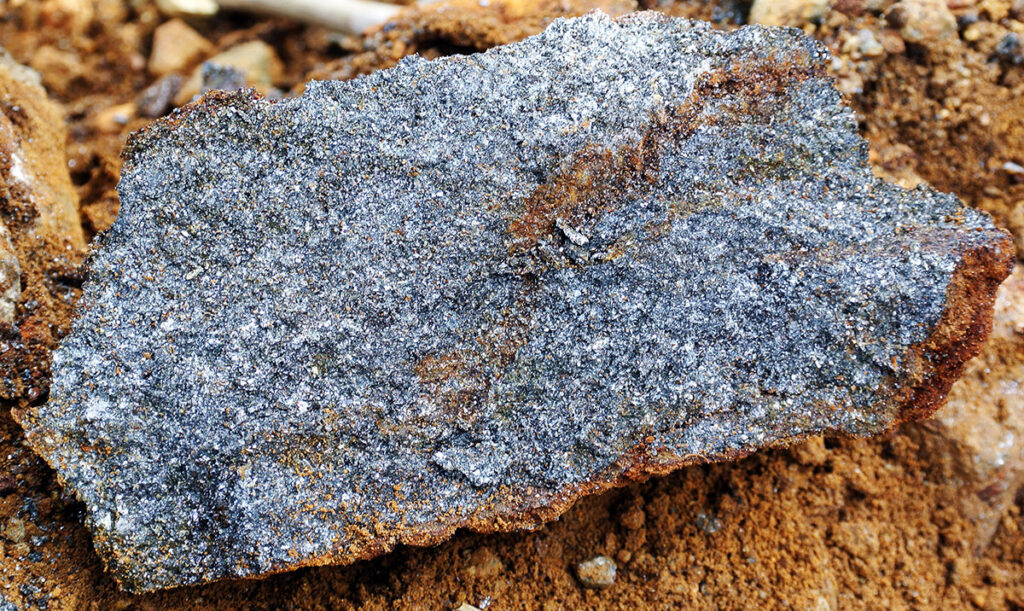
Graphite is essential for manufacturing lithium-ion batteries that power electric vehicles and smartphones. While China dominates global production and export of this critical material, there is a growing push to establish a U.S. supply chain.
Oakland-based startup Molten Industries is addressing this need by leveraging an abundant and affordable resource in the U.S.: natural gas.
The company has developed a specialized technique to break methane into graphite and hydrogen, the latter serving as a clean energy source.
This effort is supported by a $25 million Series A financing round led by Bill Gates’s Breakthrough Energy Ventures (BEV).
“This intersects two vital climate tech areas for us at Breakthrough: scaling and making batteries more cost-effective to drive EV growth, and producing low-cost clean hydrogen,” said BEV Managing Director David Danielson.
Due to international supply chain issues, automotive companies are eager for low-cost, reliable domestic graphite.
Currently, graphite is typically mined or synthetically produced from fossil fuels, with China controlling about three-quarters of the global graphite anode supply chain, according to Benchmark Mineral Intelligence.
During the pandemic, higher freight costs and China’s temporary export restrictions heightened concerns in the U.S. about over-reliance on a single source for this valuable material.
Increasing domestic production is a priority for the Biden administration, which invoked the Defense Production Act in 2022 to support the industry.
Molten uses pyrolysis, a technique that heats methane to break it into carbon and hydrogen, without emitting CO2 if done in the absence of oxygen or water.
Unlike other pyrolysis companies that produce products like soot or carbon black unsuitable for batteries, Molten’s process creates battery-grade graphite using efficient resistive heating, akin to a toaster, as explained by co-founder and CEO Kevin Bush.
Molten’s graphite aims to be cost-competitive with existing sources and environmentally superior, offering lower-emissions synthetic graphite compared to fossil fuel-based processes that emit methane and other pollutants.
The only potential emissions in Molten’s process are from the natural gas feedstock production or the electricity powering the pyrolysis.
Initially founded in 2021 with a focus on low-cost hydrogen production, Molten discovered its potential to produce battery-grade graphite.
The company has built a pilot reactor in Oakland and is constructing a commercial-scale unit, expected to be operational next year.
This unit will produce 500 kilograms (1,100 pounds) of hydrogen and 1,500 kilograms of graphite daily.
However, the future demand for graphite remains uncertain. Competing materials like silicon, lithium, and hard carbon may reduce graphite’s dominance in battery anodes by 2035, according to BloombergNEF.
The hydrogen market also faces challenges due to high production costs and policy uncertainty, as noted by BloombergNEF hydrogen analyst Payal Kaur.
“It’s a story that follows pretty much every market,” Kaur said. “You have way more supply than you do offtake.”


